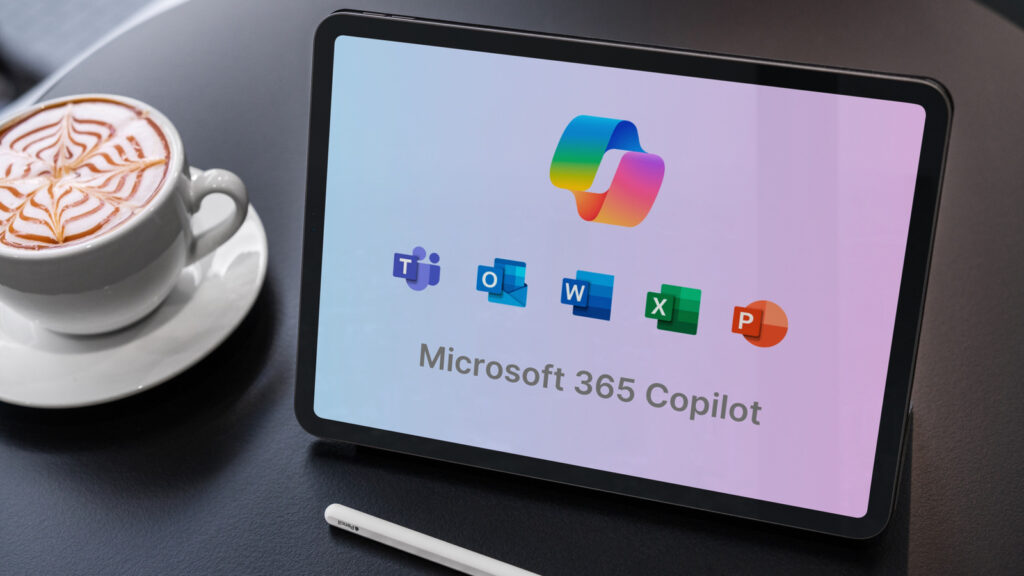In the rapidly evolving landscape of artificial intelligence, the competition among major players is continuously reshaping the tools available to businesses, particularly within the SMB sector. Recently, Microsoft has deepened its partnership with Anthropic, introducing Claude’s family of AI models into its Microsoft 365 Copilot suite. This integration represents a significant evolution in the AI ecosystem, providing not only a broader range of technologies for businesses to leverage but also an opportunity to reevaluate existing platforms. This article will compare the strengths and weaknesses of OpenAI’s GPT models and Anthropic’s Claude models, focusing on their attributes in terms of costs, scalability, and return on investment (ROI) within the current market landscape.
OpenAI has established itself as a leader in the AI domain, with GPT models dominating the conversation around conversational AI due to their robust performance and wide-ranging applications. Their integration into Microsoft tools has facilitated a seamless experience for users, particularly in Office 365 applications. The user-friendly interface reduces the barrier to entry for SMB leaders interested in deploying advanced AI technologies, allowing organizations to enable functionalities such as language translation, text summarization, and sentiment analysis without extensive technical expertise.
However, OpenAI’s focus on a singular architecture can be perceived as a double-edged sword. While the GPT models are powerful, businesses are often exposed to the limitations of a single approach. For example, if a business relies heavily on GPT for tasks such as data research or report generation, they may find themselves boxed in by the specific formatting and context requirements inherent to GPT’s architecture. Moreover, the costs associated with extensive use of OpenAI’s offerings can accumulate, potentially leading to unsustainable operational expenditures for SMBs.
In contrast, Anthropic’s Claude models, particularly the recently introduced Claude Sonnet 4 and Claude Opus 4.1, offer a refreshing alternative. Although they do not outright replace OpenAI’s solutions, their integration into Microsoft 365 Copilot provides users with an explicit choice, enhancing competitive dynamics that can significantly affect ROI. Early tests have suggested that Claude Opus 4.1 performs exceptionally well on standardized benchmarks, outperforming several notable competitors like GPT-5 and Gemini 2.5 Pro in certain contexts.
The capabilities of Claude models stand out in multitasking environments. For instance, the Researcher agent powered by Claude allows businesses to seamlessly merge internal and external data sources, creating detailed business strategies or reports based on a comprehensive analysis of available material. This presents a discernible strength over OpenAI’s offerings, where multi-step analyses may require more manual input. As a result, SMBs utilizing Claude can expect to see time savings and increased efficiency, inherently improving their operational ROI.
In terms of customization, Claude’s integration empowers developers to create tailored AI agents through Copilot Studio. This functionality enables businesses to automate tedious tasks, such as resume screening or customer data analysis, scalable to suit growing needs. This scalability is pivotal, as companies can begin small with basic automation and progressively enhance their AI capabilities as they garner insights and results from initial deployments.
Besides, Claude models provide an interesting option for developers working within the integrated environment of Microsoft tools, giving them the flexibility to employ multiple AI technologies in parallel. This ability to pivot between different models for various functions fosters a more versatile automation strategy, allowing businesses to optimize their workforce deployment according to specific project requirements.
However, as with any emerging technology, there are notable caveats. The learning curve associated with selecting and optimizing between multiple AI models may require additional training and resources upfront. Furthermore, organizations must navigate the risks related to data privacy, given the potential for varied handling practices among different AI providers. It remains vital for SMBs to conduct thorough evaluations to ensure compliance, especially as they integrate multiple AI solutions into their workflows.
Cost remains a critical consideration. While OpenAI typically charges based on usage, which can be predictable but expensive with heavy use, Anthropic’s pricing model is still unfolding within the Microsoft ecosystem. Businesses should carry out a comprehensive cost-benefit analysis to maximize the advantages of either platform based on their specific use cases.
In summary, the dialogue between OpenAI and Anthropic marks a pivotal point in AI technology adoption for SMBs. Each platform presents unique strengths that can positively impact operational efficiencies and business strategies. As organizations assess their future technology investments, a close examination of the capabilities against practical use cases is critical. The evident performance of Claude against established benchmarks suggests it may also merit consideration as a complementary or alternative solution for those looking to expand their AI capabilities.
FlowMind AI Insight: The recent collaboration between Microsoft and Anthropic suggests that a diversified AI strategy may be essential for SMBs aiming for competitive advantage. By leveraging multiple AI models, organizations can optimize their technological resources while staying agile in a dynamic market landscape. Data-driven choices today will pave the way for sustainable growth tomorrow.
Original article: Read here
2025-09-26 22:35:00

